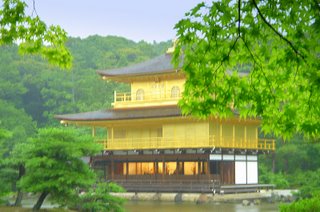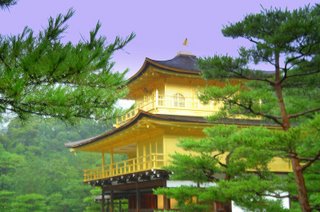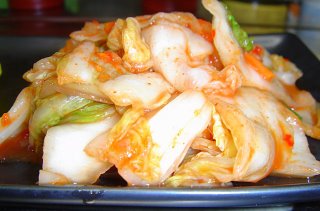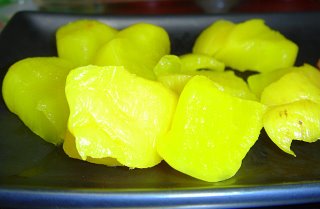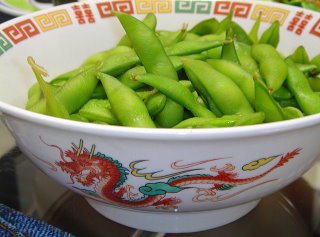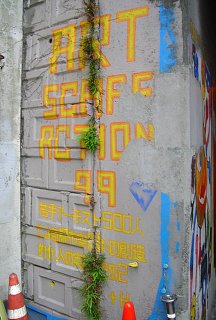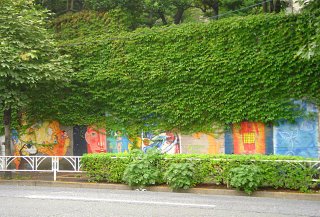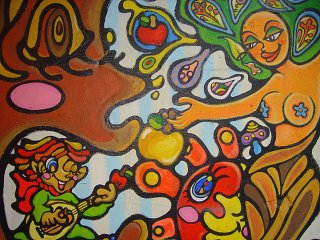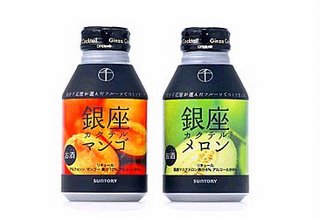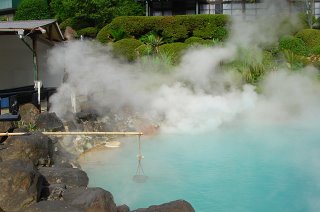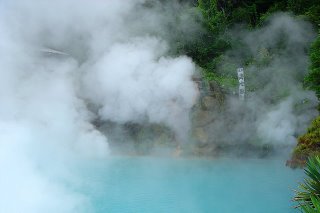"Oranges were scarce; we'd only tasted them occasionally. On the market in Angers we might see them sometimes: fat Spanish oranges with their thick dimpled rind; finer-grained blood oranges from the South, cut open to reveal their grazed purple flesh..." (Harris, 2002:37)
Lush and evocative lyricism is used to breathtaking effect in Five Quarters of the Orange - itself a mystical and intriguing title! Framboise Simon returns to the small village she grew up in during the German occupation to find that all is not as she remembers.
"A couple of days later, at Dadi's house, the Starched Aunts entered the room and I said, 'At last! The tarts are here.' I was referring to the lemon tarts which Dadi's bearer wheeled in on the tea-trolley, just after the aunts entered, but it was an inauspicious start to the evening, nonetheless." (Shamsie, 2001:123)
A delightfully absurd, laugh inducing read set in inner city London and Pakistan. The complicated family tree of the Dard-e-Dils and their predilection for storytelling and producing "not-quite twins" mixes nicely with a potentially scandalous romance.
"Once every few years, even now, I catch the scent of Africa...Ripe fruits, acrid sweat, urine, flowers, dark spices, and other things I've never even seen..." (Kingsolver, 2005:87)
The Prices, an evangelical Baptist family, pack up their belongings and move to the Belgian Congo in 1959 where they find the things they carried - Betty Crocker cake mixes - are quickly rendered obsolete by their new surroundings. Africa has a profound effect on each family member and their growth and decline during their time in the jungle make for a thought provoking tale.
Labels: Africa, books, cooking, France, London, Pakistan, travel



